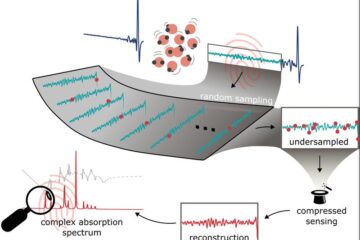Latest News

Genetics of Patterning the Cerebral Cortex: How Stem Cells Yield Functional Regions in “Gray Matter”
In the Oct. 11 advance online edition of Nature Neuroscience, scientists at the Salk Institute for Biological Studies report that they have identified the…

Loss of Tumor Supressor Gene Essential in Transforming Benign Nerve Tumors into Cancers
The work, a collaboration between the Institute for Molecular Medicine, the Department of Molecular and Medical Pharmacology and the cancer center’s Sarcoma…

Sniffing Out Chemical, Biological Threats
The research effort, led by Dr. Hai Xiao of Missouri University of Science and Technology, involves the development of tiny sensors – each about the size of a…

New nanotech sensor developed with medical, chemistry applications
The new device is at least 10 times more sensitive than existing technology, researchers say, can be tuned to sense different types of materials and is easy to…

Suppressing a gene in mice prevents heart from aging, preserves its function
Scientists prevented age-related changes in the hearts of mice and preserved heart function by suppressing a form of the PI3K gene, in a study reported in…

Researchers discover RNA repair system in bacteria
The novelty of the newly discovered bacterial RNA repair system is that, before the damaged RNA is sealed, a methyl group is added to the two-prime hydroxyl…











